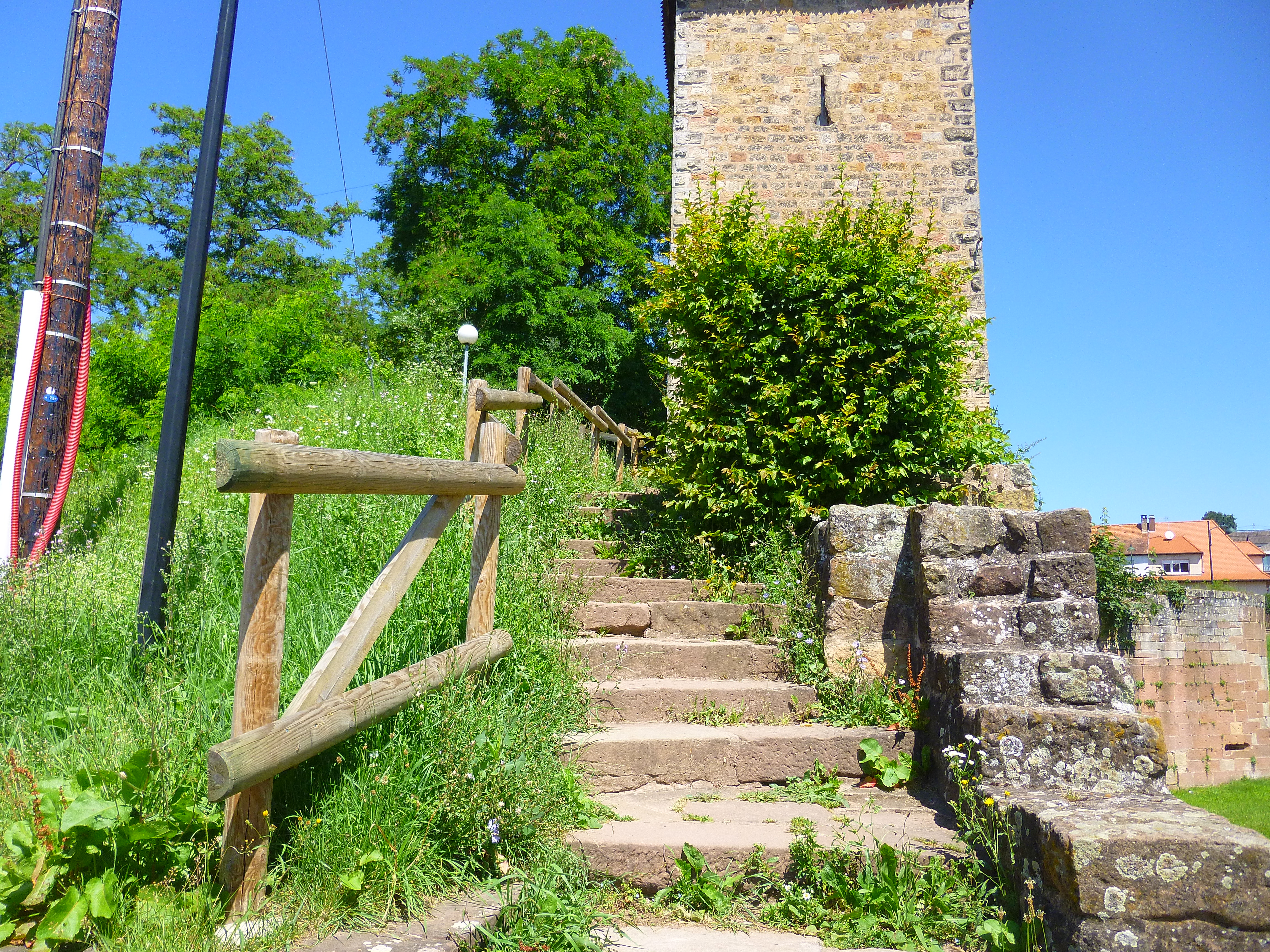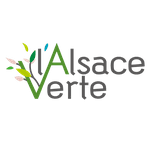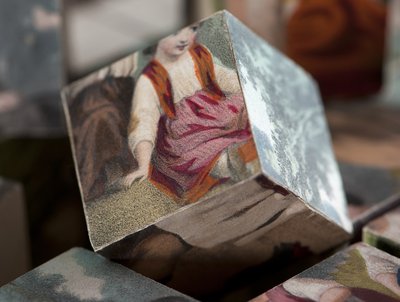
Vineyard circuit across borders
This trail offers you many points of view. You will also find restaurants, hotels and a play area (pool car park). You can spend a pleasant family time for a day or a weekend.
Description
Departure from the parking lot of the Place de la Foire. Take the Rue de la Poudrière north towards the eponymous tower, climb up the ramparts and go down to the church of St. Jean. Cross the bridge and turn right to arrive at the Faubourg de Bitche to reach the old mill of La Walk (restaurant).
Go past the fishing ponds, after the sheepfold take a right. Arriving at the D334 departmental road, turn left and then immediately on the right (steep climb) to arrive at Les Trois Marronniers. Continue through the vineyard to Château St-Paul.
Turn left to reach the vineyard trail, cross the village of
Schweigen to arrive at the Weintor (1936) marking the beginning of the German Wine Route. Return to the village, pass in front of the Protestant church and then always straight through the vineyard.
Return to Wissembourg by the rampart. Turn left to reach the parking lot.
- Departure : Place de la Foire - Wissembourg
- Arrival : Place de la Foire - Wissembourg
- Towns crossed : Wissembourg
6 points of interest

 Museum
MuseumWestercamp Museum Wissembourg
(Currently closed for renovation) Located at the foot of the ramparts, it is one of the oldest museums in Alsace. Founded between 1911 and 1913 by a learned society and financed by Paul Westercamp, it is composed of two formerly distinct houses, one dating from 1599 and the other from 1417. A third building, dating from 1806, is separated from the others by a small garden of a former hop hall. The museum deals with themes reflecting the history of the city: way of life, viticulture, war...

L'église Saint-Jean - PNRVN - A. Serylo  Castle-church-abbey
Castle-church-abbeyChurch of Saint Jean
Built at the end of the 13th century in a late Romanesque style, it was later modified before being severely damaged in January 1945. The organ, dating from 1720, was also destroyed. Wall paintings dating from the construction of the church and restored in 1990 can still be admired on its walls.
La porte d'eau abritant l'écluse qui servait à renvoyer l'eau de la rivière vers les fossés de l'enceinte - PNRVN - A. Serylo  Monuments and architecture
Monuments and architectureBruch district
Once a suburb of the city, the Bruch district is crossed by the river Lauter and is known for its half-timbered houses, its wash house and its ramparts. The passage between the suburb and the city used to be through the millers' gate. This was destroyed in 1807. At the western end of the district, there is a water gate with a sluice as well as the Hausgenossen tower dating from 1420, which served to protect the Bitche gate.
Chouette chevêche (Athene noctua)  Wildlife
WildlifeOwl Owl (Athene noctua)
It can be seen by day near crops and meadows because it can nest in the cavities of old trees open and cultivated areas such as orchards. By day, it can be found perched on poles or low walls. In the evening and at night, she hunts insects that make up most of her meal, but also worms, small mammals, lizards, amphibians and bats. It enjoys total protection in France.
 Castle-church-abbey
Castle-church-abbeySaint-Paul Chateau
The last of the 4 castles initially built around Wissembourg at the end of the 13th century by the Benedictines to protect the monastery, it is located on the site of a former priory dedicated to Saint Paul. A fire seriously damaged it in 1470 but it was rebuilt and raised in 1483, before being damaged again in 1525, and then ruined during the Revolution. The keep was restored each time. Today, the castle is inhabited is private and is visible only from the outside.
Weintor - PNRVN - A. Serylo  Monuments and architecture
Monuments and architectureWeintor
Or Wine Gate, marks the beginning of the Palatinate Wine Route in Schweigen-Rechtenbach, Germany. Beautiful view from the upper floors on the Wissembourg and German vineyards!
Forecast
Altimetric profile
Recommandations
Remparts of the XIIIth, Wissembourg is part of the road of fortified castles and fortified cities of Alsace.
St. John's church, Romanesque bell tower XIII, strongly restored after 1945.
Neighborhood of Bruch, former suburb formerly populated mainly of vine-growers. At the entrance the house of the Ami Fritz is a fine example of Renaissance architecture.
Château St. Paul, at the end of French territory. It was one of the four castles erected in the XIIIth century at the four cardinal points to defend the abbey of Wissembourg.
Sonnenberg Wine Trail, (German side) a 1km discovery trail set up by the Schweigen Winegrowers' Union.
Weintor (Wine Gate) marking the beginning of the wine route in the Palatinate since 1936.
Information desks
Wissembourg Information Office - Tourist Office of Green Alsace
2 place du Saumon, 67160 Wissembourg
Transport
Bahnhof:
- Regionalbahnlinie TER Straßburg
- Wissembourg
- Anschluss an Bahnlinien der Deutschen
Bahn Richtung Landau Mainz und Karlsruhe
Routenplaner im Elsass: www.vialsace.eu
Regionale Buslinien:
- Französischen Seite www.bas-rhin.fr/transports/reseau-67
- Deutsche Seite www.vrn.de and www.kvv.de
Access and parking
Report a problem or an error
If you have found an error on this page or if you have noticed any problems during your hike, please report them to us here:


